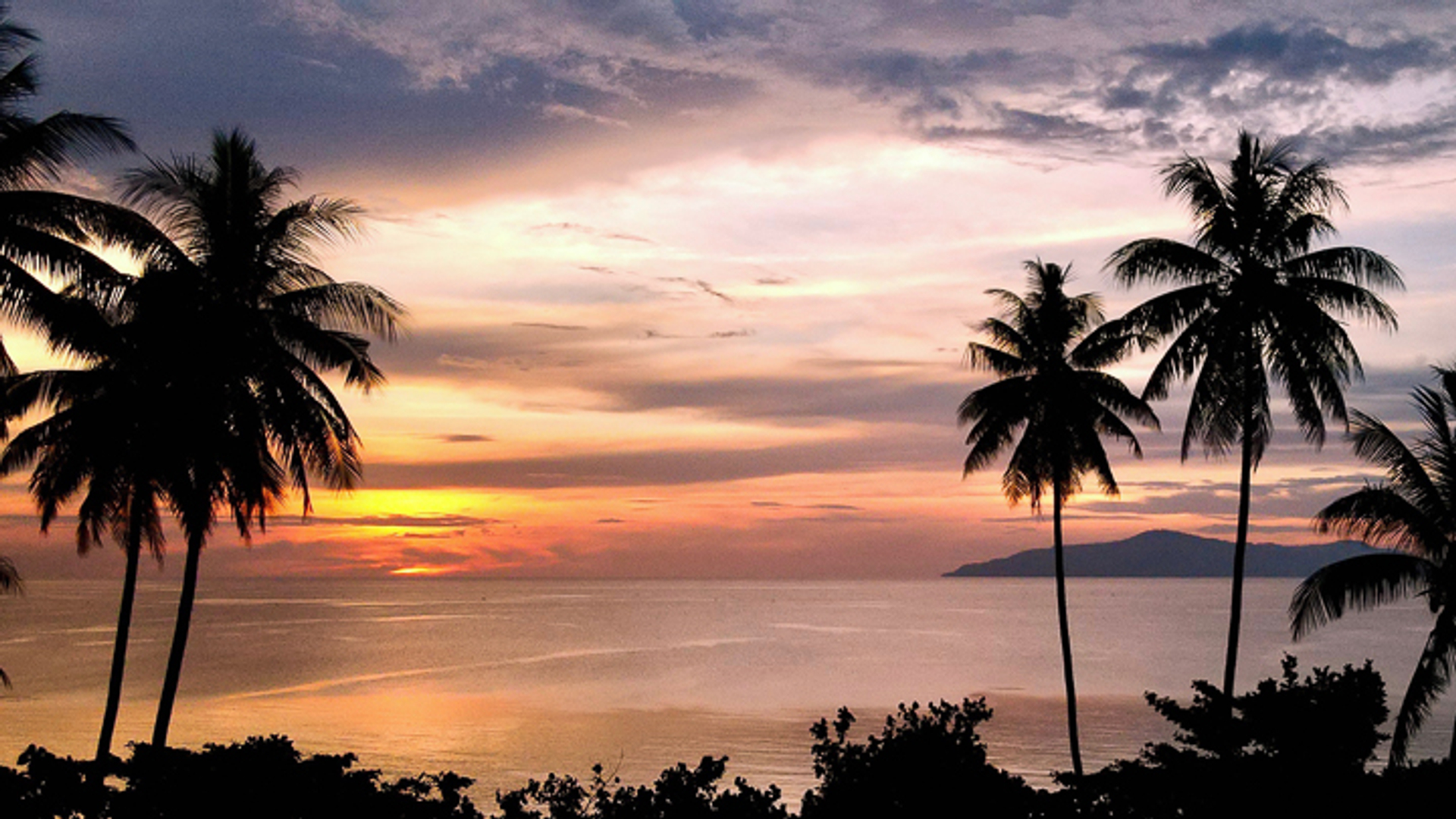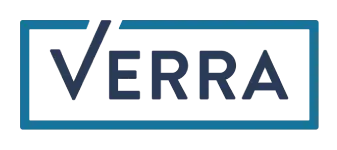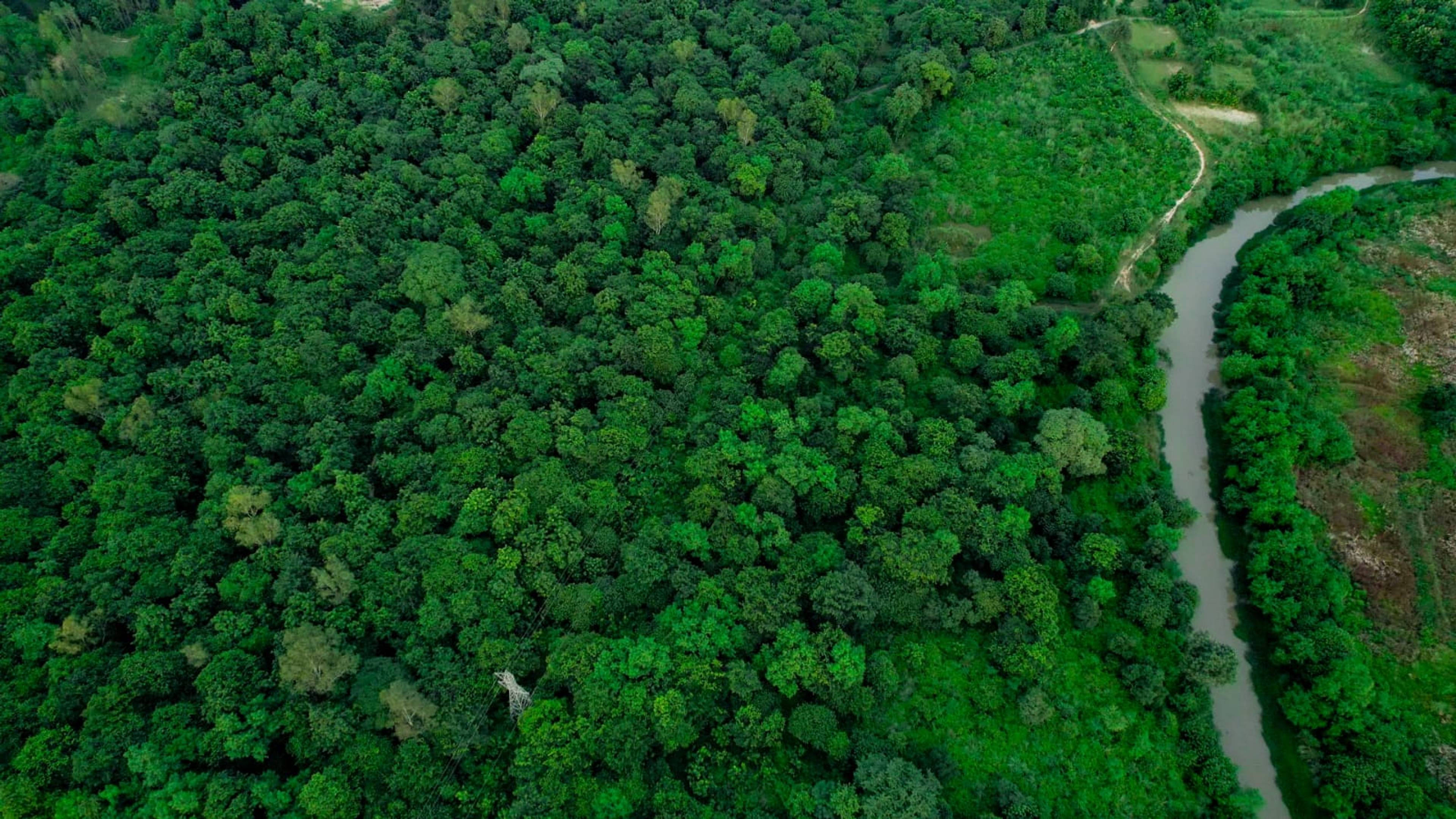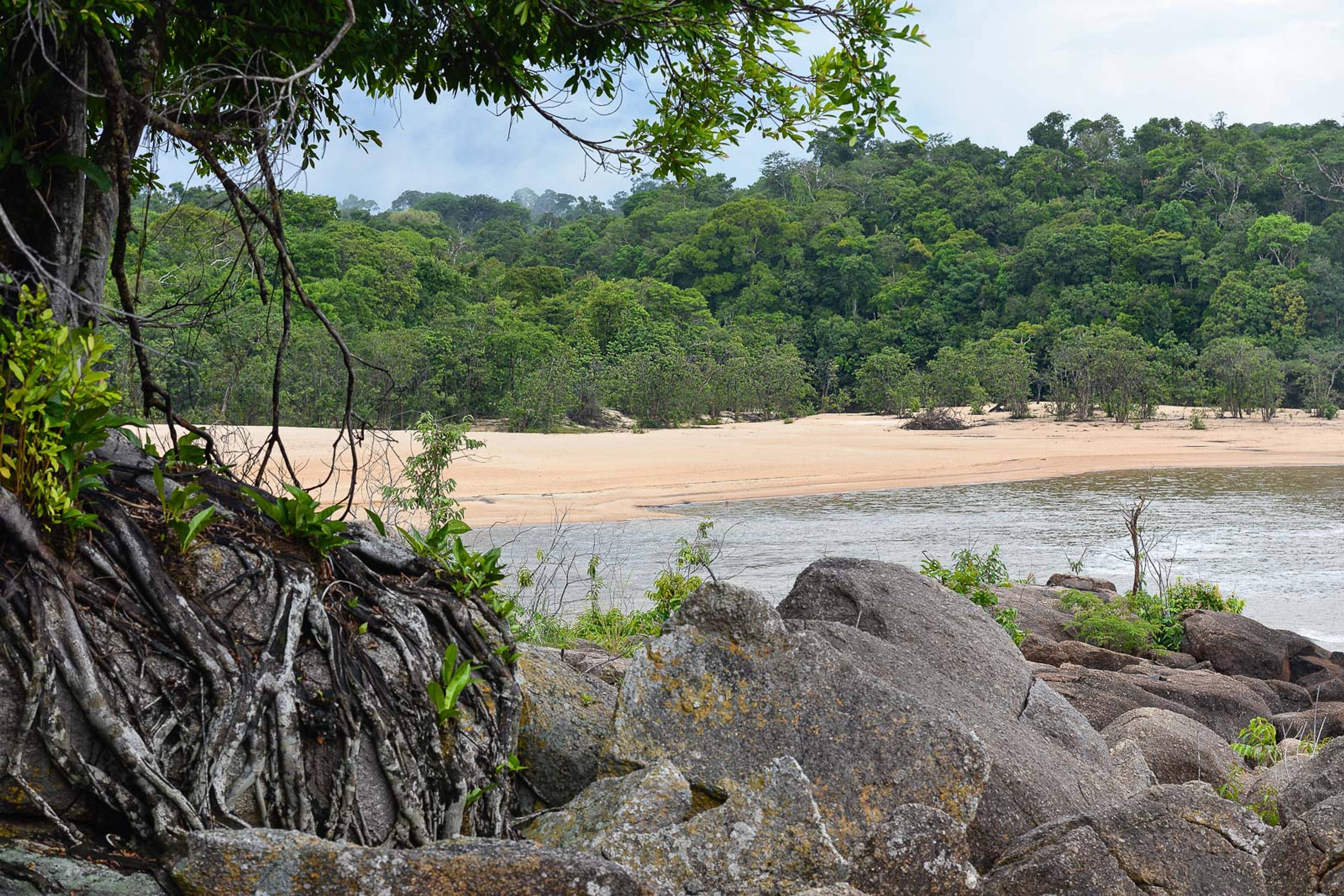Preserve rainforests intended for commercial timber harvesting
NIHT Topaiyo
Papua New Guinea
10,443 ha
Developer: NIHT Inc.
NIHT has partnered with traditional landowners of New Ireland and East New Britain in Papua New Guinea to repurpose land originally scheduled for commercial timber harvesting into a forest carbon project. Since 2014, Papua New Guinea has been the world's largest exporter of tropical timber wood, making the island nation a key area for intervention. The preservation of these rainforests is essential not only for the carbon and biodiversity benefits but also for the well-being and prosperity of the people of New Ireland. Carbon finance provides landowners and communities with a valuable source of alternative income instead of cutting down these critical rainforests.
Connect with our team to learn more about this project and how Pachama can support your nature strategy.
NIHT Topaiyo helps conserve one of the most biologically diverse tropical areas on Earth.
1 / 4
1/4
Quality check
Quality insights
Working in partnership with local stakeholders to support communities
Home to ~5% of the world's biodiversity
Papua New Guinea rainforests are a haven for extensive varieties of flora and fauna. Industrial timber operations and forest conversion destroy key habitat for many species and further threaten already endangered species. This project works to conserve local biodiversity by protecting the rainforests within the project area. Additionally, it has completed a biodiversity study to further understand the species that live within the project area.

Verification report 2017-2019
pdf
Project description
pdf







